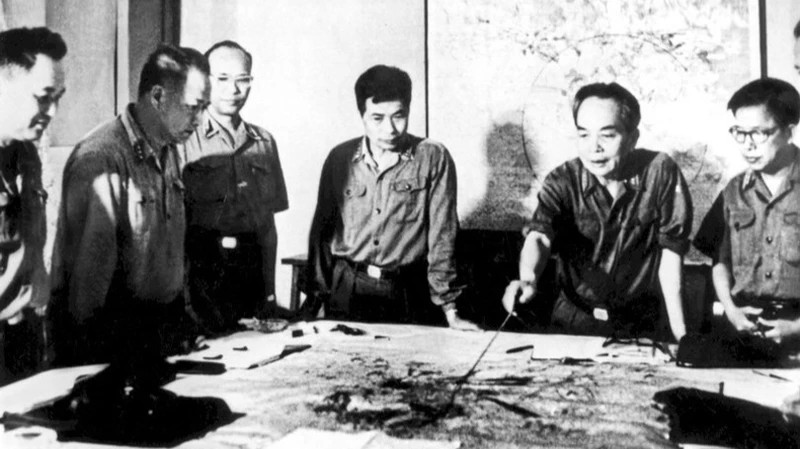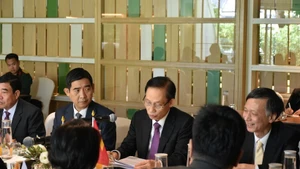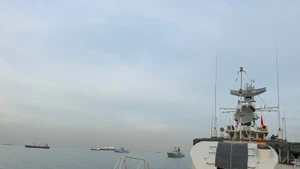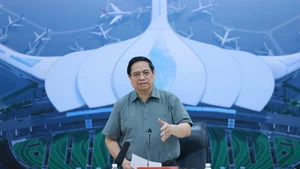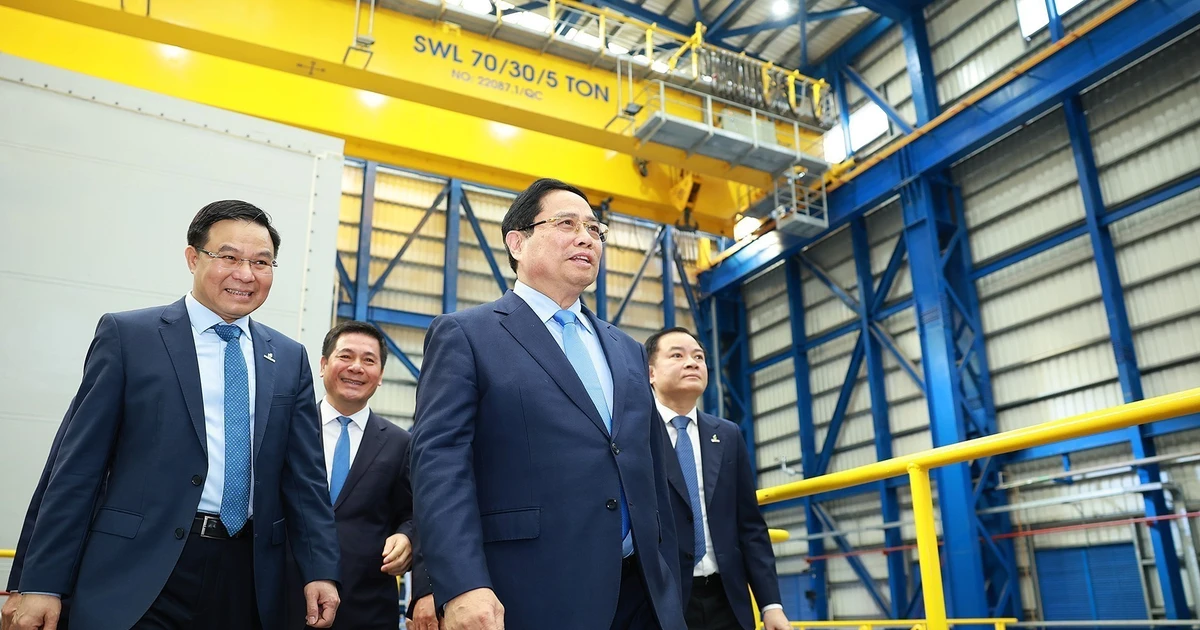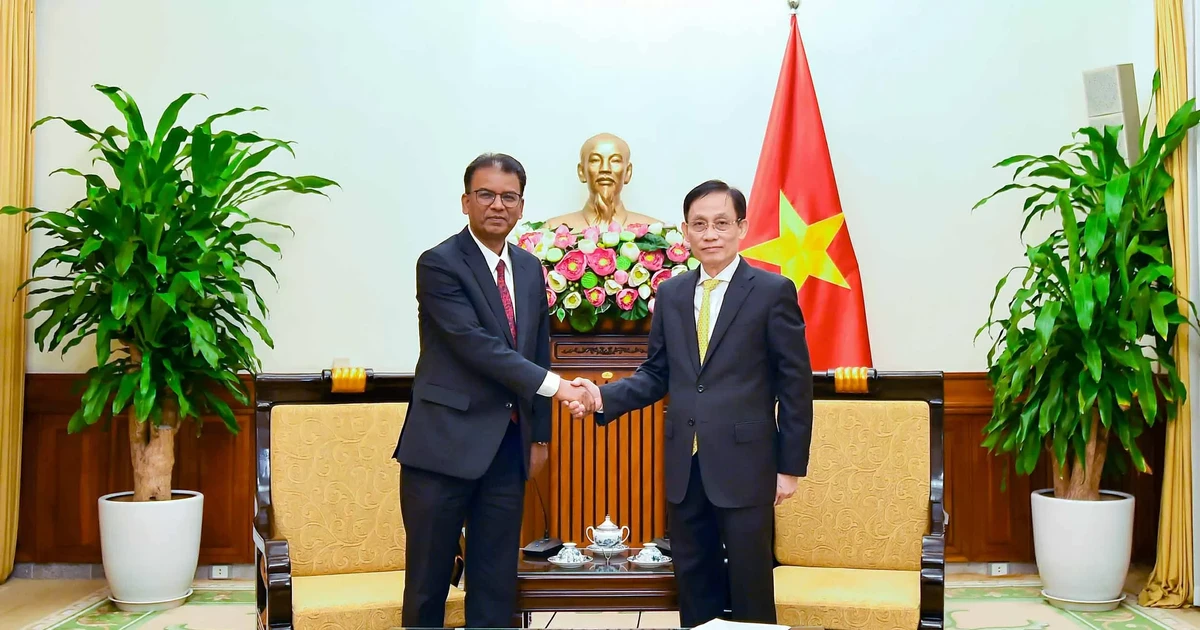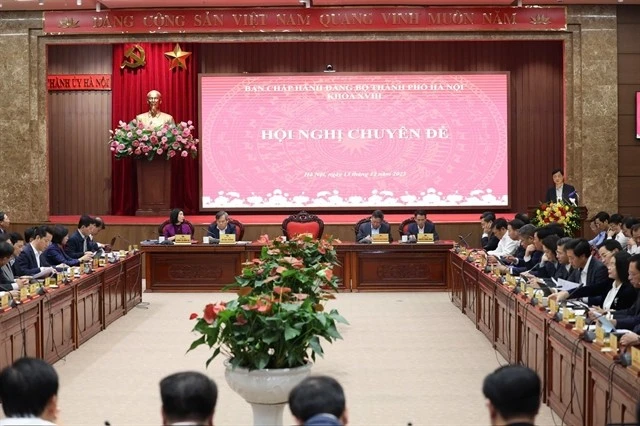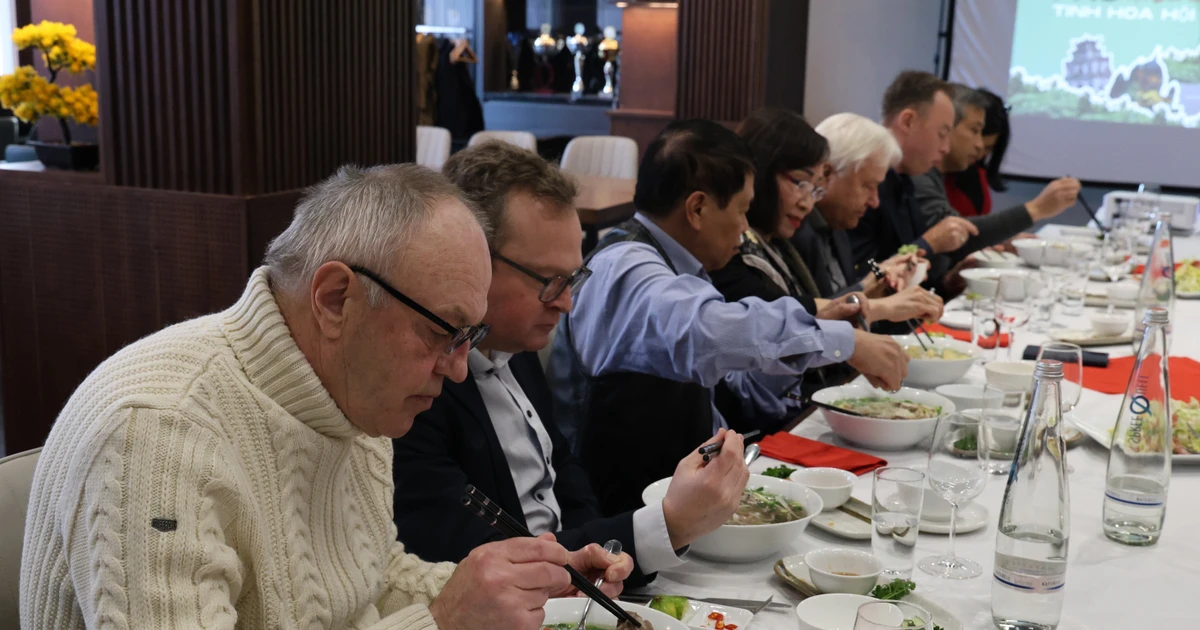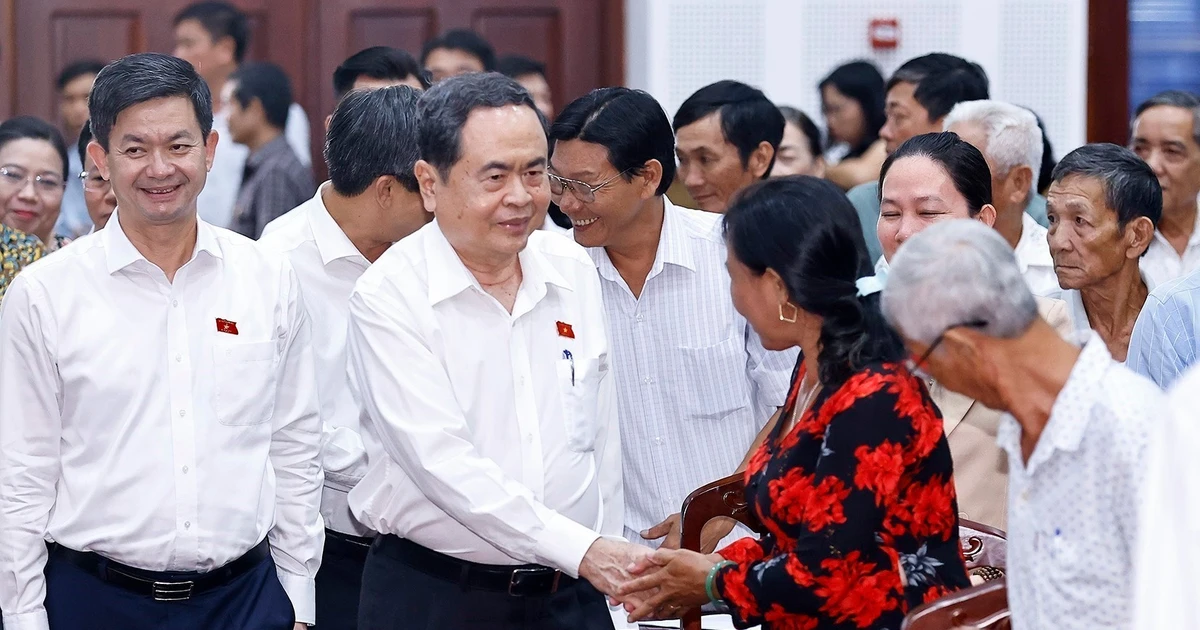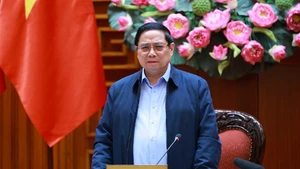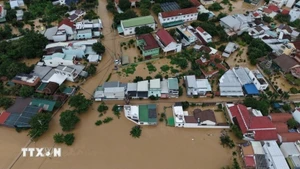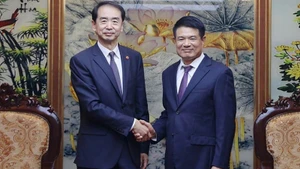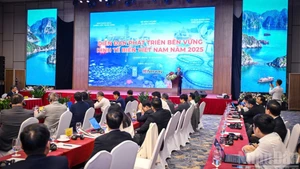In Phu Yen, at 5:00 a.m. on April 1, the attack to liberate Tuy Hoa Town by Vietnamese troops began. Vietnam’s 105mm artillery and 120mm mortars stationed in Hoa Thang fired strongly, crippling the US troops’ artillery positions. At the same time, Vietnamese troops’ tanks, moving along Route No.7, supported Battalion 4, Regiment 2 in capturing the targets of Ong Chu Bridge, Da Rang Bridge, and Nhan Thap.
By 5:45 a.m., the units had captured Dao Hamlet, the airport, and advanced along Route No.6 and Le Loi Street to seize the Provincial Treasury office and the civil servants’ area. To the north of Tuy Hoa Town, Regiment 64 of Division 320 captured the provincial road (the administrative headquarters of the former Saigon government), the Police Department, Regiment 47’s headquarters, Go Da, Chop Mountain, and Chai Mountain. Battalion 96, Company 25, and part of the 189th Mixed Artillery Battalion attacked the enemy at Sam Mountain, Long Tuong, Lam Hamlet, Quy Hau, Phuoc Khanh, Phuoc Hau, and others.
By 8:00 a.m. on April 1, Vietnam’s main forces and local troops had completely taken control of Tuy Hoa Town. Building on the momentum of the rapid attack, Vietnam’s main forces, together with local troops and people, liberated almost all the districts in the province, including Tuy An, Cau River, and Dong Xuan.
By noon on April 1, Tuy Hoa Town and the entire Phu Yen Province had been liberated.
In Khanh Hoa during the early hours of April 1, 1975, Division 10 divided into several fronts and attacked all remaining enemy positions and the command of the 3rd Paratrooper Brigade. Hundreds of US troops retreated toward Tan Lam, Tan Tu and Dong Than (Tay Ninh Hoa), where they were threatened by local guerrillas and the people. Some surrendered, while others fled through National Route 1 towards Hon Khoi.
Vietnamese troops annihilated and captured the remaining forces of the 3rd Paratrooper Brigade, seizing all weapons, vehicles, artillery, and ammunition, breaking through the "blockade" at Phuong Hoang Pass, and opening the door to the coastal plain region. US troops at the Lam Son Training Centre, the guerrilla forces, and artillery at Duc My panicked and withdrew through Van Gia Town. Vietnam’s armed units continued to attack the US troops’ western Ninh Hoa defensive line, liberating most of the rural areas and Van Gia Town in Ninh Hoa.
On the night of April 1, 1975, the enemy forces in Da Lat and the entire Tuyen Duc Province panicked and retreated to Phan Rang.
On the Chon Thanh - Highway 13 route (Binh Long, now part of Binh Phuoc), in response to Vietnamese troops’ attack on the Chon Thanh outpost, the US troops deployed the 315th Armored Brigade for reinforcement on the afternoon of April 1. However, they were unable to hold the position and were forced to retreat. Vietnamese troops’ 9th Division of the Cu Long Military Corps was ordered to pursue the retreating enemy.
At 2:00 p.m. on April 1, 1975, the Politburo sent a message to Pham Hung, Le Duc Tho, and Van Tien Dung, emphasising that the time was ripe to launch the general offensive and uprising in Saigon - Gia Dinh. From that moment, the final strategic battle for our army and people began. It was essential to seize this strategic opportunity, decisively carry out the general offensive and uprising, and bring the liberation war to a successful conclusion in the shortest time possible. Ideally, this should begin and end within April of this year, without delay. The action must be "swift, daring, and unexpected."
On the same day, General Vo Nguyen Giap, Politburo member, Minister of Defence, and Supreme Commander, sent a message to Pham Hung, Le Duc Tho, Van Tien Dung, and Tran Van Tra, outlining the Politburo’s views on the situation, the opportunity, and the plan to liberate Saigon - Gia Dinh under the slogan "Swift, daring, unexpected, and certain victory" so that the battlefield could study and act accordingly.
In early April 1975, following orders from the Truong Son Command, the 471st Motorized Division conducted reconnaissance, determining the staging area and range for the Route 14 supply, and unloading at Bu Na and Dong Xoai. They were tasked with concentrating the 3rd Corps forces in the South and transporting 6,100 tonnes of artillery ammunition for the Saigon - Gia Dinh liberation campaign.
On April 1, the 1st Corps Command, along with unit and agency leaders, met to discuss rapid movement measures for participating in the Saigon liberation campaign, as ordered by the Ministry. During the day, Division 312, combined arms units, and the basic command post of the Military Corps, along with over 1,000 transport vehicles from the General Department of Logistics and the 571st Division of the Truong Son Command, set out on their mission.
In Da Nang, which had just been liberated, the 2nd Corps received orders from the Ministry to leave a contingent behind to secure the newly liberated area. The rest of the forces moved south to participate in the Saigon liberation campaign. However, according to the wishes of most of the soldiers who wanted to go south to fight, the unit's leadership submitted a request to the Ministry of Defence.
